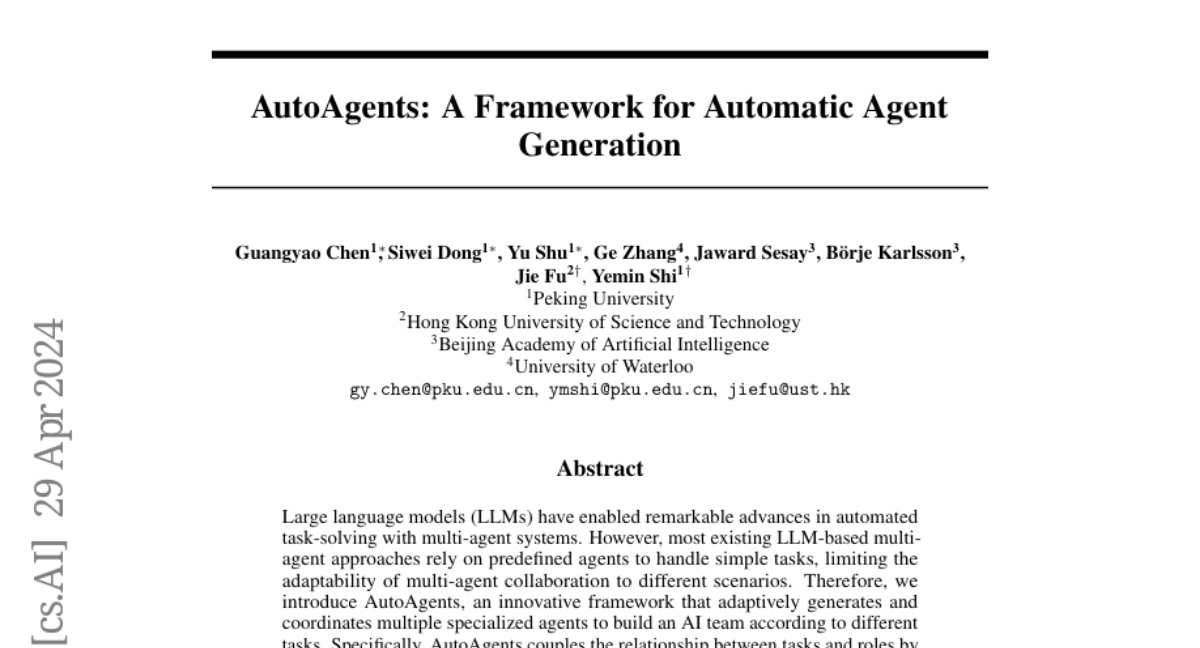Post
316
I played around with the new RXTX paper (XX^T) and was able to train nanogpt with 4x4 RXTX matmuls in both attention layer and optimizer🤕
It just works (well I had to add some guardrails) but still saves 5% of memory usage:
The Patch:
- Computes attention scores with a 4x4 blockwise RXTX matmuls (no pytorch dot prod)
- Handles arbitrary sequence lengths by padding to the nearest multiple of 4.
- An RXTX variant of shampoo with params reshaped into 4x4 blocks during each optimizer step.
- Uses 5% less ops
Code: https://github.com/Jaykef/ai-algorithms/blob/main/nanogpt-rxtx.ipynb
Paper: https://arxiv.org/pdf/2505.09814
It just works (well I had to add some guardrails) but still saves 5% of memory usage:
The Patch:
- Computes attention scores with a 4x4 blockwise RXTX matmuls (no pytorch dot prod)
- Handles arbitrary sequence lengths by padding to the nearest multiple of 4.
- An RXTX variant of shampoo with params reshaped into 4x4 blocks during each optimizer step.
- Uses 5% less ops
Code: https://github.com/Jaykef/ai-algorithms/blob/main/nanogpt-rxtx.ipynb
Paper: https://arxiv.org/pdf/2505.09814

